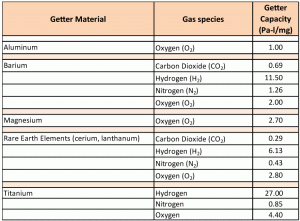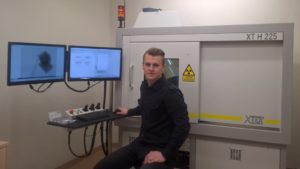ECG Technology Allows Robust Processing of Heat-Treated Steel
A medical devices design and manufacturing firm recently expanded its Electrochemical Grinding (ECG) technology, enabling it to provide more robust processing of harder materials such as spring-tempered steel and heat-treated stainless steel.
Cadence Inc, which is headquartered in Staunton, Virginia, installed its latest equipment for processing profile grinding- shavers and related products at the company’s Cranston, Rhode Island, facility. The expansion incorporates high precision, burr-free grinding with CNC control
“This latest technology allows us to produce high precision, burr-free point grinding, as well as complex geometries with a cost-effective process for our customers,” stated John Rose, Senior Project Engineer at Cadence RI. “Some of our current operations such as tube cutting, stylet notch cuts, and trocar tip forms are now burr free in one efficient process.”
The new ECG technology also allows grinding to extremely tight tolerances and very low cutting forces for thin wall parts. Furthermore, Cadence can cut almost all types of metals burr-free with this new technology.
In addition to medical devices, Cadence manufactures life science and industrial products.
ECG Technology Allows Robust Processing of Heat-Treated Steel Read More »














